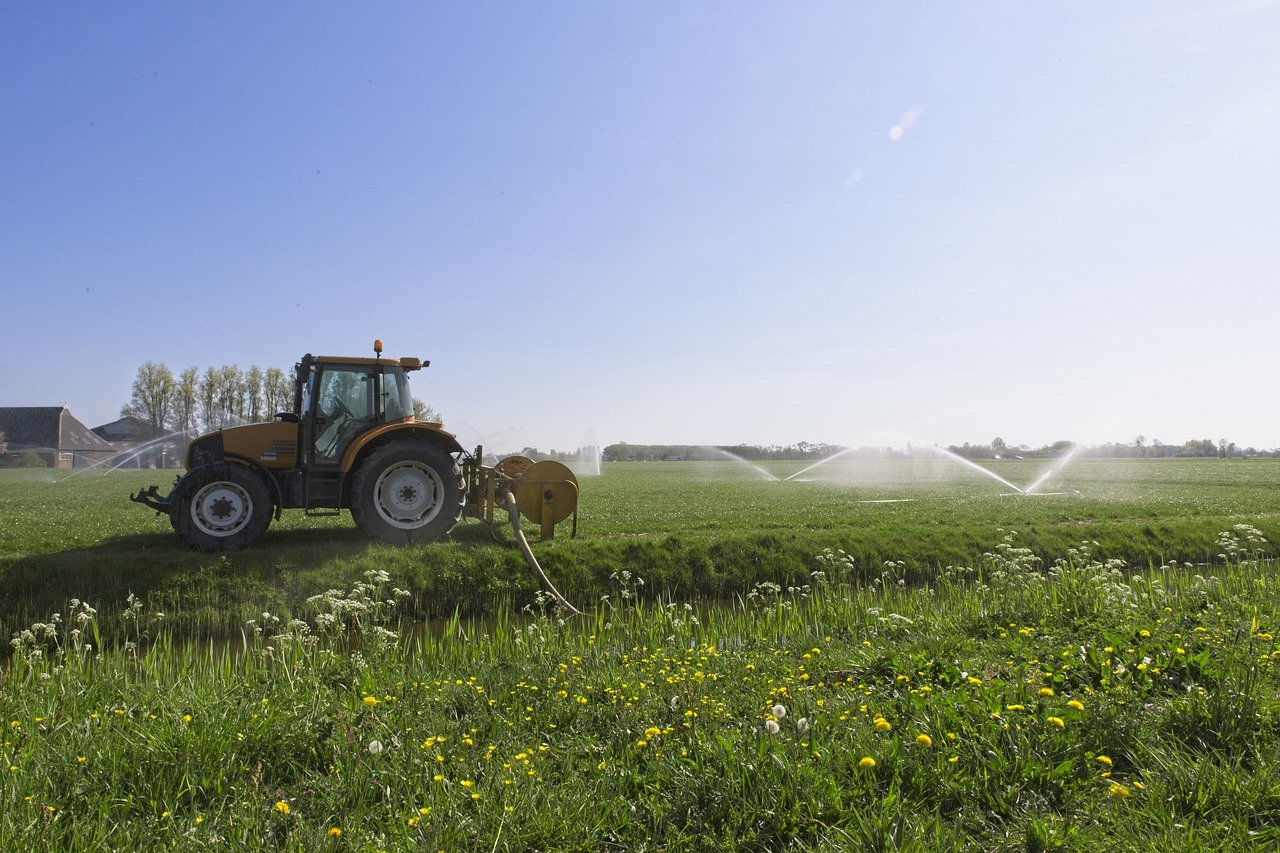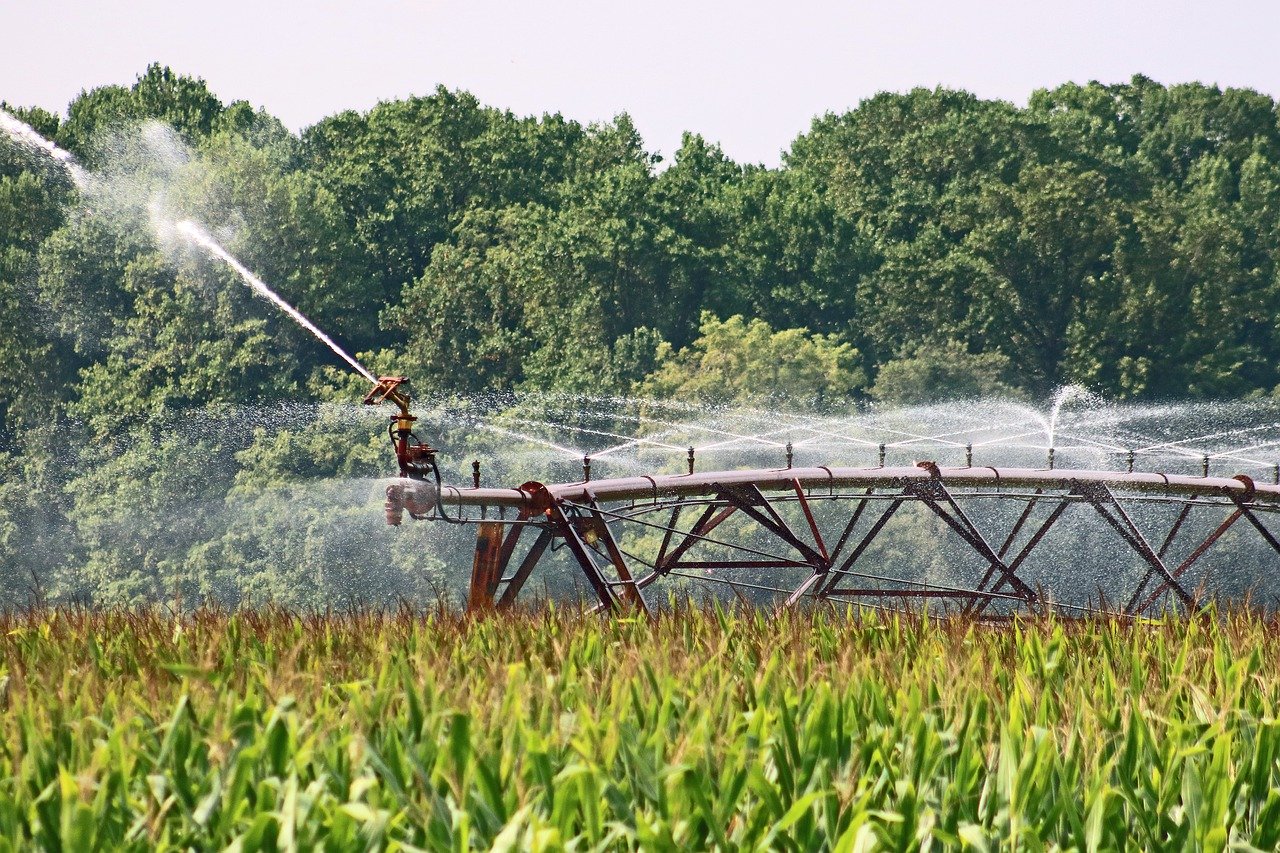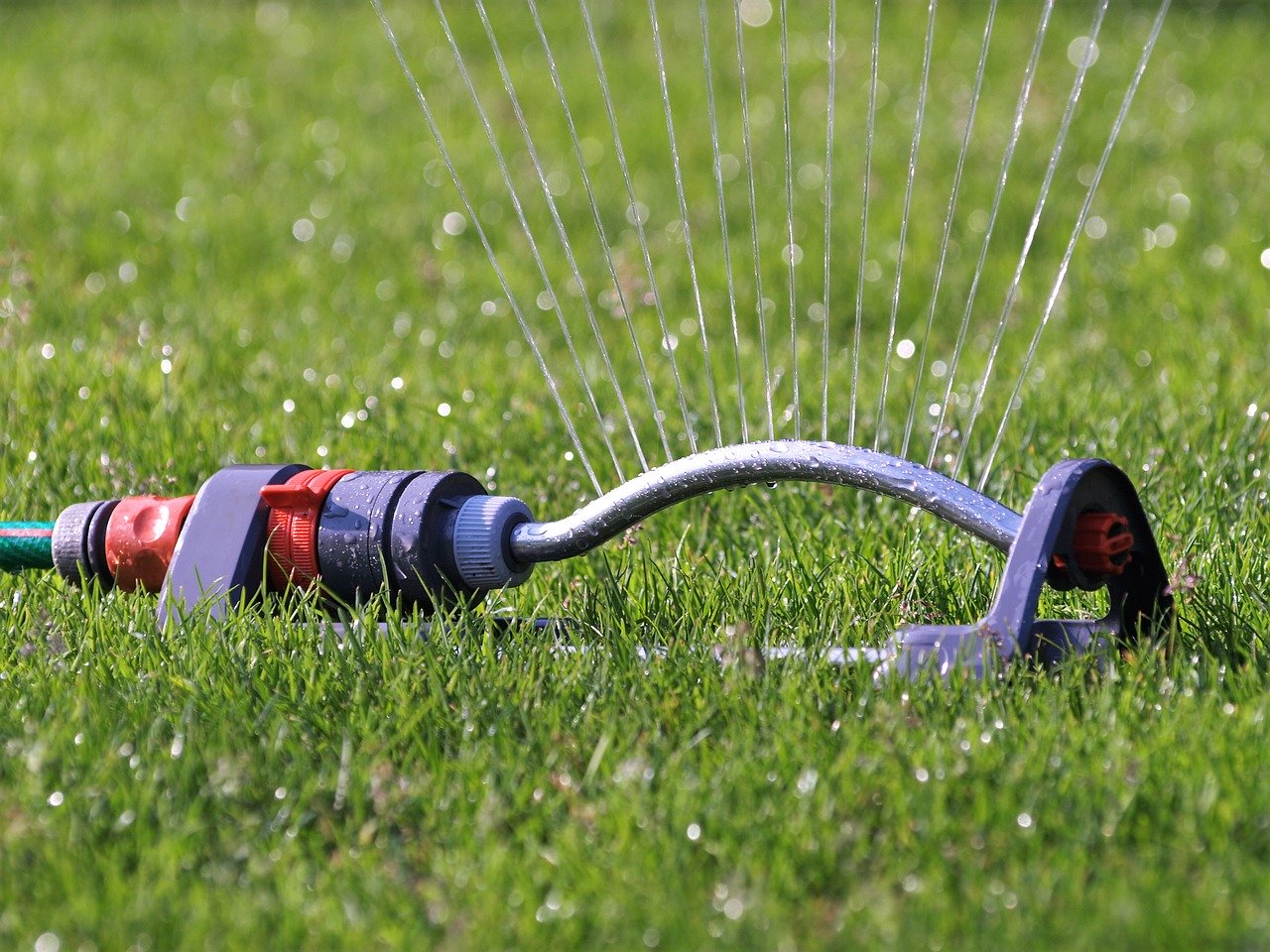Agriculture has been a part of human life and its success for thousands of years. As animals, humans need food, and along with hunting, crops were also found to be a great way to feed communities. However, some countries around the world could not rely on rain alone to water their crops, so they had to find other ways to get water to their fields.
As well as there being four different types of irrigation, there are also several different places you might want to use it. One of them is for agriculture. What is agricultural irrigation, and how has it changed through history to become part of a sustainable world?
The Early Days of Agricultural Irrigation
Some of the earliest known systems of irrigation were found in Egypt around 6000 BC. The River Nile would flood for a few months each year, and this flood water was diverted to be used in growing the crops. This was especially effective at turning land that was too dry, into fertile land. One of the problems with this system was that the floodwaters could not be relied upon. Sometimes it would flood too much and damage buildings and dikes, so, in 3100 BC, dams and canals were constructed to improve irrigation and limit flooding.
Since those early days, other types of irrigation techniques have been discovered all over the world. Some used terrace irrigation such as China and India, others used underground canals such as Sri Lanka.
Today, there are a few main ways that agricultural irrigation is the most effective. This is even more important now, because of less rainfall and other environmental issues that means there is less water for irrigation.
Irrigation vs. Rain Fed
Irrigation is now used all over the world but some farmers rely on rain-fed fields instead of traditional irrigation.
Rain-fed farming relies on rainfall to water the crops instead of piping water around the fields from another water source. This method is seen as more environmentally friendly because no pollutants can get on the crops from other water sources.
There are, however, some drawbacks to rain-fed farming, most noticeably that you need to have regular and fairly consistent rainfall, which for many parts of the world is not an option.
Types of Agricultural Irrigation
Over the years, there have been certain types of irrigation and agricultural irrigation systems that have become the standard depending on the crops you grow and where your farm is located. Some are also used because they are cheap to run and don’t require a lot of machinery.
Surface Irrigation
Surface irrigation uses gravity to transfer water from the source to the fields. This can be achieved using channels, pipes or canals, and is the most common method of agricultural irrigation.
This type of irrigation is mainly used for crops and orchards, but because of the way the water is used, it is also the least efficient. There are three types of surface irrigation.
- Furrow Irrigation - As the name suggests, furrows are dug along the fields and the water flows through them. This type of irrigation can cause uneven water distribution, but the cost is low and needs little technical knowledge.
- Basin Irrigation - This method is similar to the furrow method but is mainly used in orchards. A basin is dug roughly the size of the tree, then they are all connected to each basin fills with water.
- Border Irrigation - One of the oldest types of irrigation, the field is divided with borders of earth on the outside. Dikes are used to help the water flow in the correct way. This method is often used in sloping fields to help regulate the water flow.
Drip Irrigation
This type of irrigation is often used in dry conditions where water is in limited supply. It needs more technical knowledge and more equipment to work effectively, but it can turn arid land into soil suitable for crops.
The system needs a number of components to work, including a water-lifting pump, pressure regulator, lateral drippers, and filters. It also needs a fertilizer mixing tank to feed the crops.
Some of the major advantages of using drip irrigation include:
- Big saving in water usage
- Increased plant growth
- High automation meaning less reliance on labor
- Particularly good for uneven or hilly terrain
Drip irrigation is also a good option for those farms where water quality can be poor. This is because of the multi-stage filtration process.
Sprinkler Irrigation
Sprinkler irrigation works in a similar way to drip irrigation. You need to have a water pump along with filters and fertilizer tanks to deliver the water effectively. While drip irrigation can be used as part of this, there are other systems that use sprinklers.
- Spray Systems - This system is a common type used by people to water their lawns. It is also used at football grounds to water the pitch, but it does have drawbacks. In most cases, when used on fields, it produces more water than the soil can absorb, so water wastage is high.
- Soaker Hoses - Soaker hoses have holes along their entire length so the water can seep into the surrounding soil. It can be an effective way to water crops, though the area the water can reach from the hoses is small. They are also prone to clogging up with debris and soil.
- Rotor Systems - Rotor systems are more efficient than the spray types because they can regulate how much water is released. They are also capable of reaching a wide area, so are often popular with farmers who have big fields.
The future of agricultural irrigation is going to focus on better water management and use more efficient ways to use water over a larger area.



